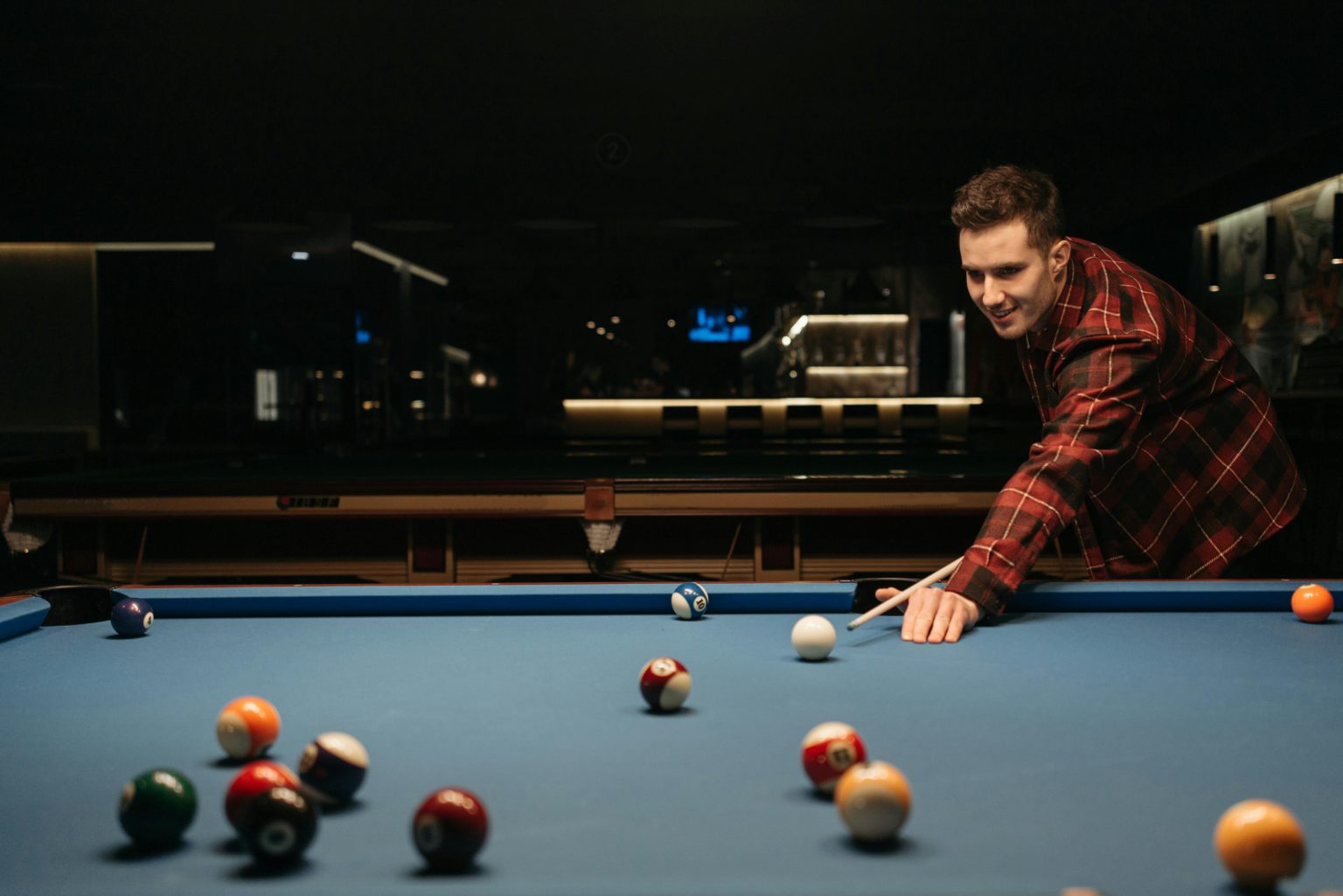Once upon a time, luxury was defined by the places you could access. Michelin-starred restaurants, velvet-roped members clubs, sleek rooftop bars, it was all about going out, dressing up, being seen. But that was then. Today, an entirely different narrative is taking shape. Luxury has relocated, not to the latest postcode or the trendiest venue, but behind the front door.
From leafy Notting Hill terraces to rustic-luxe Cotswolds retreats, the most discerning hosts are discovering that the ultimate indulgence is far more personal and intentional. Home is no longer just where the heart is; it’s where the party starts, the wine flows, and the playlist is always spot-on. Hosting at home isn’t plan B anymore, it’s the new pinnacle of taste, style, and self-expression.
And it’s not just about saving money or avoiding crowded bars. It’s about curating your own world, setting the mood, choosing the menu, designing the vibe, and doing it all on your terms.
The Rise of At-Home Entertaining in the UK
The pandemic didn’t create the desire to stay in, it merely intensified it. In the years following, British homeowners have turned their gaze inward, reimagining domestic spaces not just as shelters, but as social arenas. Entertaining has shifted from spontaneous pub plans to candlelit dinners in curated kitchens, from boozy nights out to game nights in.
And it’s not just anecdotal. According to Statista forecasts, global home entertainment is on a sharp upward curve, with billions poured into tech, design, and infrastructure that prioritise the in-home experience. But in the UK specifically, it’s less about flashy gadgets and more about mood, meaning, and memory-making.
One fun fact: the term “homebody” once implied reclusiveness. Now, it signals taste.
This cultural recalibration is partly practical thinking about weather unpredictability and rising costs of going out, but mostly emotional. There’s a new desire for connection that feels deliberate rather than default.
Home Is the New Venue: The Psychology of Staying In
At the heart of the at-home luxury boom lies an elegant truth: people crave control. Unlike the chaotic unpredictability of a Saturday night in Soho, a home gathering lets the host design the entire sensory experience, music, lighting, scents, and conversation flow.
Intimacy is no longer confined to romantic settings. There’s a kind of warmth that only comes from shared laughter over a cheeseboard, or the clack of a cue ball in a softly lit room. Atmosphere is engineered, not stumbled into.
Here’s a useful tip: Lighting sets tone more than decor. Layer it. Dim it. Make it glow.
In uncertain times, home offers predictability, and paradoxically, that stability makes experimentation safer. One week, you’re curating a mezze night for friends; the next, hosting a wine-tasting game with neighbours. The walls might not change, but the roles played within them certainly do.
How Design Is Supporting This Shift
Interior trends are dancing in sync with this behavioural change. Open-plan layouts are now less about spatial efficiency and more about social choreography, a seamless transition from prep space to party zone. Kitchen islands have become performance stages for food and drink, with guests hovering around like theatre patrons.
Modular furniture, biophilic touches, and retractable walls are just the tip of the design iceberg. Dedicated leisure zones, from cocktail corners to game rooms, are being incorporated into floor plans, sometimes overtly, sometimes hidden like a well-kept secret behind sliding doors.
Useful tip number two: If you want guests to stay longer, arrange furniture in a circular layout. It subtly encourages inclusion and eye contact.
Interior design isn’t just reflecting lifestyle anymore; it’s guiding it. What once felt indulgent now feels essential.
The Comeback of Analogue Entertainment
The more digital our work lives become, the more analogue our leisure time craves to be. There’s something deliciously rebellious about unplugging, not just from screens, but from speed. Board games, vinyl records, handmade cocktails, paperback books, they all whisper of a slower, richer rhythm.
Games like pool, table tennis, and darts offer a tactile joy that’s impossible to swipe away. They anchor people in the moment, sparking organic interaction and, often, a bit of playful competitiveness that’s oddly bonding.
Most people don’t know that the earliest known form of pool (or billiards) was played on grass, a lawn game for French nobility. Yes, your living room leisure has royal roots.
The Evolution of Game Spaces in Modern British Homes
In the past, home games were treated as afterthoughts, tucked into unused basements or confined to teenage bedrooms. But today, play is becoming an intentional part of how homes are designed and experienced. The layout of modern properties is shifting to include leisure spaces that are social by nature and elegant by design.
Rather than being hidden away, gaming elements are finding their place in central living zones, often blending seamlessly with open-plan lounges, garden rooms, or multifunctional extensions. The goal isn’t just recreation; it’s integration. Design-conscious homeowners are choosing pieces that serve both form and function, allowing games to become part of the atmosphere rather than an interruption to it.
This shift is as much about lifestyle as it is about aesthetics. Games like pool or table tennis are no longer limited to the “man cave” stereotype. Instead, they’re curated to reflect the home’s wider style, whether that’s rustic modern, mid-century, or minimalist-industrial. It’s a quiet cultural shift that reflects a broader trend: homes aren’t just private refuges anymore, they’re social hubs, crafted for experience.
In 2025, home entertainment areas are evolving into curated extensions of a homeowner’s identity, with many home leisure companies, including Home Games Room, observing a sharp uptick in interest in aesthetically driven leisure features.
Why Pool Tables Are Now the Centrepiece of Entertaining Spaces
There was a time when pool tables screamed bachelor pad or pub corner. No longer. Today’s models come in oak, walnut, matte black steel, even concrete, with waterproof cloths and sleek, minimalist lines. These are design objects in their own right, as at home beside a velvet armchair as they are near a fire pit.
Homeowners aren’t just choosing pool tables for play, they’re choosing them for their power to anchor a room, invite interaction, and spark conversation.
Some models even offer dual functionality, converting from game table to dining table in a matter of seconds, making them as practical as they are beautiful.
Style + Substance: Materials and Finishes That Elevate Design
From weatherproof cloths to hand-finished hardwoods, materials matter more than ever. The new wave of entertainment furniture isn’t just functional, it’s tailored to aesthetic preferences, climatic conditions, and spatial constraints.
Imagine a deep mahogany table with brushed brass accents, nestled between a terrazzo bar and a suspended log burner. Or a matte concrete finish that mirrors the tones of your garden’s slate paving.
Finishes now coordinate with wider design ecosystems. An outdoor kitchen with polished stainless steel? There’s a pool table to match. A Mediterranean-style courtyard with mosaic tiles? Try a travertine-clad model.
And yes, there are even UV-resistant tables designed for outdoor leisure zones, for those brave enough to trust the British weather.
How Food, Drink, and Games Combine Into the Perfect Hosting Formula
The holy trinity of home entertaining? Grazing platters, signature drinks, and a game that gets people laughing.
Imagine this: Guests arrive to rosemary gin fizzes and a spread of charcuterie. A casual tournament kicks off around the handcrafted pool table. Someone scores a lucky shot and another spills olives in celebration. It’s informal yet intentional. It’s fun but stylish.
A little playful chaos becomes the best part of the evening. The host doesn’t hover, they glide.
Fun fact: The phrase “cocktail party” was first printed in a 1917 US magazine, but Britain perfected the art of casually elegant hosting decades later, with a bit less fuss, and a lot more cheese.
Designing for All Ages – Family Bonding Without Screens
One of the unsung joys of a home entertainment setup is its cross-generational appeal. Grandparents, parents, teens, and even the reluctant younger sibling can all gather around a table without negotiating screen time rules.
Games like pool create eye-level connections. There’s strategy without stress, movement without mess, competition without consequence.
It’s about presence, the kind that lingers even after the guests leave and lingers longer still in the memories formed around the table.
Families are discovering that a shared game beats shared silence and that a little investment in leisure can yield dividends in connection.
Hosting as a Form of Creative Expression
At-home entertaining has evolved into more than a convenience, it’s becoming a personal art form. Hosts today aren’t just putting out snacks and hoping for the best; they’re curating evenings that reflect who they are, what they value, and how they want others to feel in their space.
From thoughtfully designed lighting schemes to playlists that shift with the mood, every detail contributes to a kind of narrative. It’s about storytelling through setting, where the décor, the menu, the energy all say something without needing to say anything at all.
This cultural shift also reflects a broader appetite for authenticity. In a world saturated with fast content and fleeting connections, home-based socialising offers something more grounded. Guests aren’t just being entertained; they’re being invited into something real, intimate, and human.
One growing trend is the use of themed nights or seasonal elements, subtle, not gimmicky. Think autumnal feasts with foraged ingredients or spring garden gatherings with homemade infusions. It’s less about perfection and more about presence. The effort doesn’t go unnoticed; it deepens the memory.
Ultimately, designing a space to host well is no longer just about aesthetics, it’s about intention. And that intention is being felt, remembered, and quietly redefining what luxury really looks like.
Final Takeaway: The Home Is No Longer Just Personal, It’s Performative
In the age of aesthetic living, the British home is more than a refuge. It’s a reflection. A stage. A curated theatre of identity, taste, and hospitality.
Investing in a pool table, a wine fridge, or a bespoke lounge isn’t just buying a thing; it’s creating a space where stories unfold, strangers become friends, and presence is the main ingredient.
So, next time you think about upgrading your hosting game, look inward. Sometimes, the most luxurious place to be is the one with slippers by the door and a cue in your hand.
And remember: it’s not about showing off. It’s about showing up for your people, in your space, on your terms.



